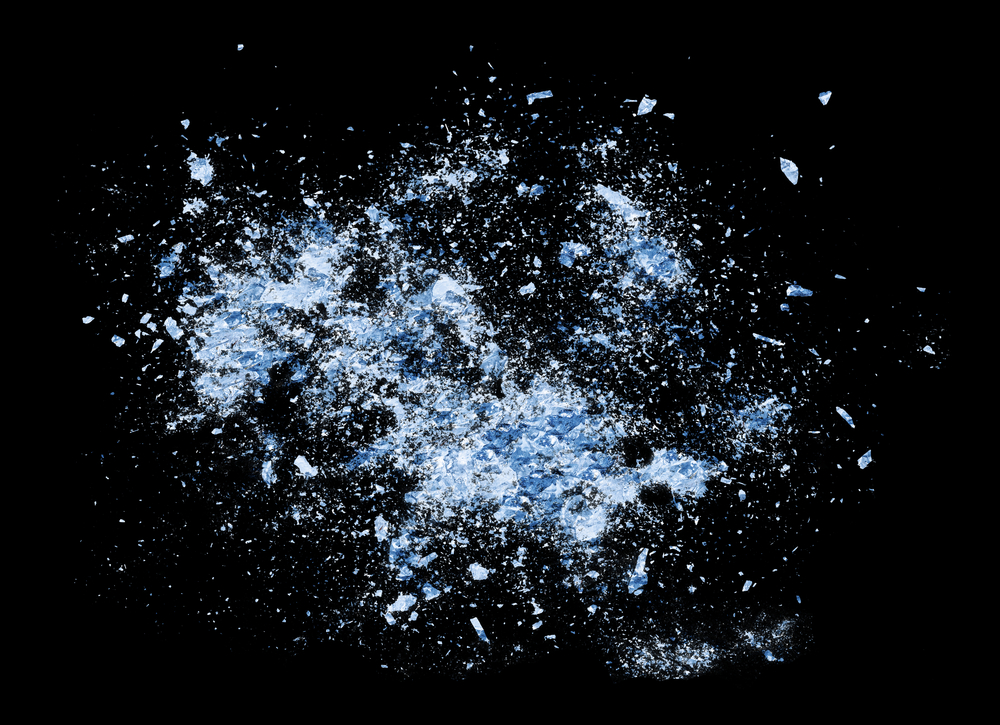NATHAN ROSENBERG: You're a person that works in a large organization and large organizations are complex adaptive systems. You're a person whose company goes into the marketplace every day and markets are complex adaptive systems. When we deal with organizations as if they're linear we get frustrated because the rules, the principles, of operating in a linear system are completely different than the rules for dealing with complexity. By viewing your company, by viewing your organization, through the lens of a complex adaptive system, it's going to give you some access to effectiveness.
Defining Complex Adaptive Systems
Let's be clear about what is a complex adaptive system. What's a system? A system is a set of interacting parts that act as a whole. They have a purpose, they have a design function, and there's rules that allow those parts to operate together to fulfill that design function. Where complex comes in is the parts, technical term called agents, but the parts of the system make choices and it's because of those choices that creates complexity. Now there's no real definition of complexity, there's no agreed on definition of complexity, but complexity is generally thought to be: there's so many moving parts moving in so many different directions that it's impossible to predict behavior. So for a simple definition, complex means impossible to predict behavior. And then the final part is adaptive. Adaptive systems come into existence—if they're not adaptive then they don't come into existence, they don't form as a system—and then if they're not adaptive they don't continue to exist because why? As the environment changes, they have to change. So if the system isn't adaptive it goes out of existence when the environment changes, but adaptive systems adapt to their environment. They change meeting the environment. And by the way, as they change they also change the environment.
So a complex adaptive system is a system that has multiple parts that can make choices of various kinds, and by virtue of those choices the system adapts. Now, at the individual level why that's important to you and me is the choices we make, even though we're parts of large companies, the choices we make impact the total system. The choices your company makes impacts the marketplace.
Understanding the Property of Emergence
In complex adaptive systems there is no cause/effect. There's not rules, there's not laws that you have to follow. Why? Because it's emergence—this quality, this property of emergence—means that it's constantly changing, it's constantly adapting. And what you start to see is patterns, there's patterns in the behavior of the system and that's really what you're looking for, is how do I leverage those patterns and how do I influence those patterns. The other thing you have to remember in complex adaptive systems, which you really have to remember in life, is there's no control. As Helen Keller said, "Life is a daring adventure or nothing." And in complex adaptive systems there's not control. There's influence, there's shaping, but there's not control.
Emergence Questions for Organizations
By looking through the lens of complex adaptive systems, it gives you immediate access to three practical applications for your organization. So let's start with strategy. If you view the marketplace as something static and you view your company as something static, you come up with a particular kind of strategy. Well, that kind of strategy thinking went out the window in 2007/2008. And now what we think is if you put the conditions in place for the results that you want, the results will emerge. In other words, what choices, if made now, will ensure that success will emerge over time?
Secondly, emergent structures. Can we get out of the way of the self-organization principle of complex adaptive systems? Most people come to work every day, they want to make a difference, they want to contribute, they want to get the job done. And the structures that we put in place oftentimes actually impede them from getting the job done. If we view our organizations as complex adaptive systems, we can allow for the organization to actually organize itself. That is to say, if you put people in work teams and those people are aligned on the result to be produced, they will actually organize themselves and they'll organize the work to make it happen.
Finally, let's talk about systems and putting systems in place that allow for the effectiveness of the organizations, systems that actually pull for effectiveness. Can we create systems that are built to adapt to coevolve with the users and the environment? Most of the systems in your company are actually historical artifacts. They were put in place in the past either to resolve a problem or to take advantage of a success. If we view the organization, however, as a complex adaptive system, we begin to bring design thinking to put in place systems that allow the results that we're looking for to emerge, and those systems are fluid. That is to say, those systems actually adapt as they impact the environment. And that's another lever point by viewing your organization as a complex adaptive system. It's a complex adaptive system in a marketplace, which is also a complex adaptive system. And they begin to dance together, giving you and your company a competitive advantage.
Influencing the System
To be effective in dealing with a complex adaptive system, you want to take advantage of this property of emergence. You want to leverage and get things going in the direction they're already going. So for example, asking yourself the question: how can I shape and change the conditions to which the agents are responding or reacting? You might also ask yourself: how can I shift the local rules by which the agents are acting? And then finally: how can I shift how it occurs, how it looks to the agents, and what they're responding to in the environment? So consider your answers to those questions to be possibilities. View it as an experiment. Implement one answer, observe, see what happens. If the system moves in the direction that you want, add more. If the system doesn't move in the direction you want, try another alternative. And as you observe keenly, you'll begin to see the conditions that you're committed to emerge. Remember, there's no control with complex adaptive systems. And the other thing to remember is that you're an independent agent in the system and your choices make a difference.





